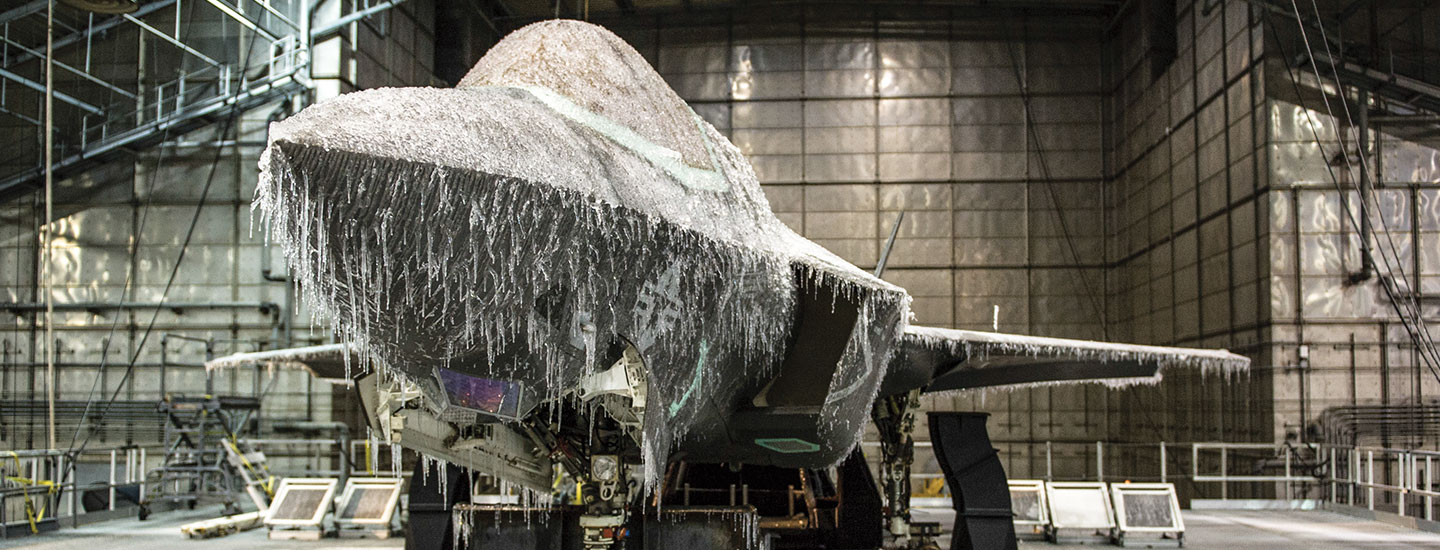As the holidays approach, people across the U.S. will catch a flight or hit the road to gather for celebrations with family and friends. The planes, cars, and trucks that transport travelers must be able to operate safely in all kinds of weather. That’s where the McKinley Climatic Laboratory in Florida comes in.
The lab houses six rooms called hangars. The biggest is as tall as a seven-story building. Each hangar simulates a different type of weather, from ice storms to scorching heat. Aircraft and vehicle manufacturers bring their products to the lab to see how well their designs withstand the elements. Once an aircraft or a vehicle is in a hangar, technicians anchor it to the ground, start it up, and monitor its performance as the indoor weather turns bad.
As the holidays get closer, people across the U.S. will catch a flight or hit the road. They’ll gather with family and friends to celebrate. Planes, cars, and trucks will carry the travelers. These machines need to run safely in all kinds of weather. That’s where the McKinley Climatic Laboratory in Florida comes in.
The lab contains six rooms called hangars. The biggest is as tall as a seven-story building. Each hangar makes a different type of weather, from ice storms to scorching heat. Aircraft and vehicle makers bring their products to the lab. There, they see how well their machines hold up under the elements. In a hangar, technicians anchor the aircraft or vehicle to the ground. They start it up and watch what happens as the indoor weather turns bad.

